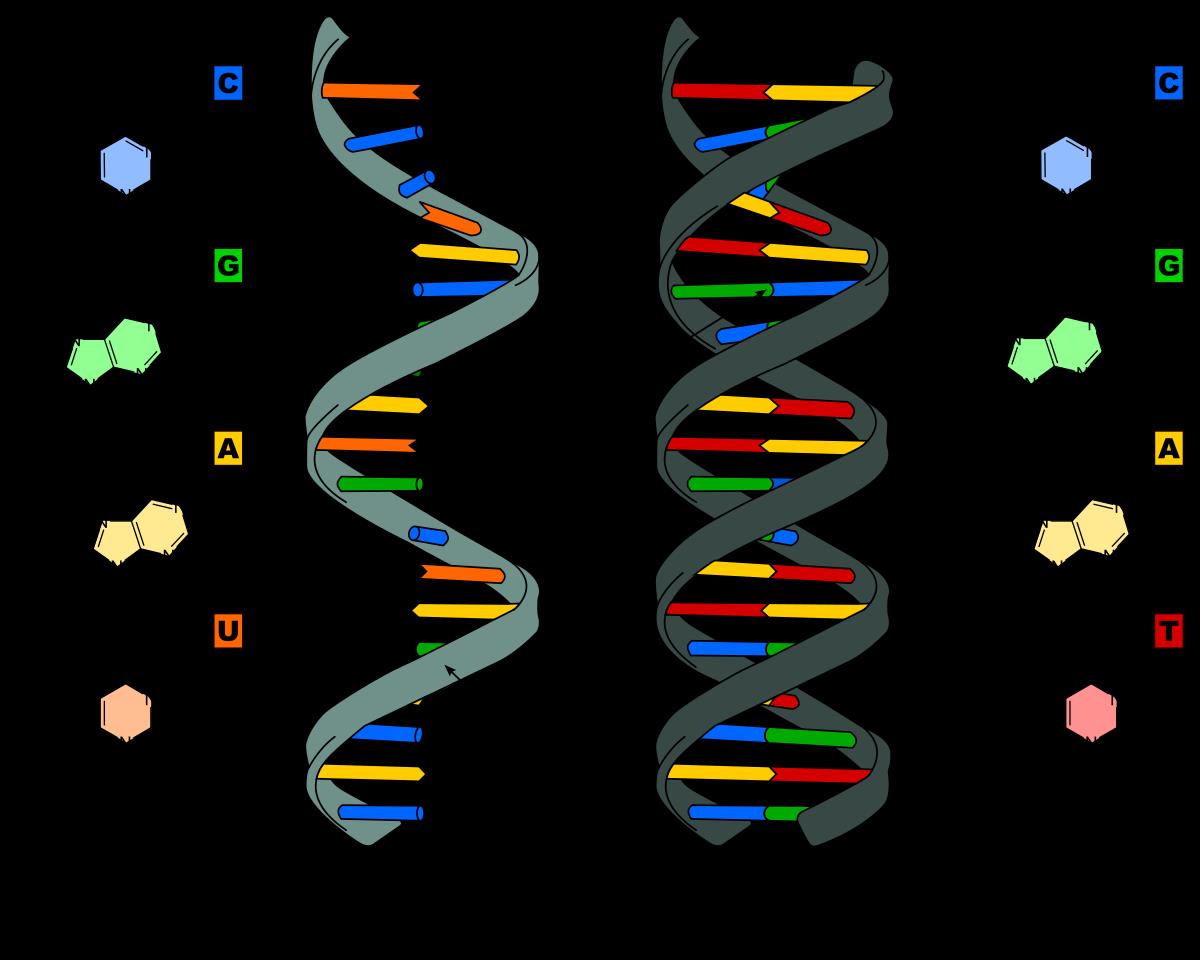
DNA May Revolutionise The Future Of Data Storage
As the world continues to generate data at an unprecedented rate, the search for efficient storage solutions has intensified. Traditional hard drives, once the backbone of digital storage, are now struggling to keep pace with the exponential growth of data. The rise of AI, smart devices, and IoT is creating a demand for more advanced, sustainable, and compact storage methods. One promising avenue for addressing this challenge lies in the very building blocks of life: DNA.
Scientists are exploring how DNA could potentially replace hard drives and other traditional storage systems, with its incredibly high density and long-term stability making it a potential game-changer in data storage. DNA is remarkably compact, capable of storing data at a density far surpassing that of any current storage medium. In fact, a gram of DNA can store about 215 petabytes of data-equivalent to roughly 200 million hours of high-definition video. This density, coupled with DNA's durability and resilience over millennia, positions it as an ideal candidate to meet the ever-growing data demands of the digital age.
This shift from silicon-based to biologically-based storage could significantly reduce the environmental impact of data centres. Currently, vast server farms consume enormous amounts of energy and resources. The energy demands of these facilities are expected to increase dramatically as more data is generated. In contrast, DNA-based storage would require far less physical space and could reduce the carbon footprint associated with data storage.
The process of encoding data into DNA, however, is no simple feat. It involves translating binary code into the language of nucleotides-adenine, cytosine, guanine, and thymine-each of which forms the foundation of a DNA strand. A breakthrough in DNA writing technology is needed to make this process faster and more affordable. As scientists continue to refine the process, several companies and academic institutions have already begun to develop DNA storage systems that could one day be scaled up for commercial use.
See also Covid's Impact on Blood Vessels Raises Long-Term Health ConcernsCompanies such as Microsoft and IBM have invested heavily in this area, exploring the potential of DNA storage for long-term archival solutions. Microsoft, for example, has already successfully encoded data onto DNA and retrieved it, demonstrating the feasibility of the technology. This initial success has spurred further research into increasing the speed of data writing and retrieval, as well as making the technology cost-effective for mainstream applications.
One of the key challenges to overcome is the cost of synthesising and sequencing DNA. While the price of DNA sequencing has dropped dramatically over the past decade, it is still far too expensive to rival traditional storage systems. However, as research advances, the hope is that the cost will continue to decrease, making DNA storage a viable alternative for large-scale use.
Data retrieval from DNA presents its own set of challenges. DNA is read through sequencing, a process that, although improving, is still slower than conventional storage systems. Scientists are working on methods to streamline this process, such as parallel sequencing, which involves reading multiple strands of DNA simultaneously. Once these hurdles are cleared, the potential for DNA storage to become a mainstream solution grows even more promising.
Another promising aspect of DNA-based data storage is its longevity. Unlike hard drives or magnetic tapes, which degrade over time and require periodic migration of data, DNA has the potential to last thousands of years if stored properly. This makes it an ideal medium for archiving critical information-be it for government records, scientific research, or even personal memories.
See also Electric Eye Reshaping May Usher In a New Era of Vision CorrectionHowever, despite the enormous promise, widespread adoption of DNA storage faces several hurdles, not least of which is the scalability of the technology. Current DNA storage systems are in the early stages, with researchers still working on making the technology scalable and cost-effective. The complexity of the process also means that large-scale DNA storage systems would need to be built from the ground up, with new infrastructure and specialised facilities.
Notice an issue? Arabian Post strives to deliver the most accurate and reliable information to its readers. If you believe you have identified an error or inconsistency in this article, please don't hesitate to contact our editorial team at editor[at]thearabianpost[dot]com . We are committed to promptly addressing any concerns and ensuring the highest level of journalistic integrity. Legal Disclaimer:
MENAFN provides the
information “as is” without warranty of any kind. We do not accept
any responsibility or liability for the accuracy, content, images,
videos, licenses, completeness, legality, or reliability of the information
contained in this article. If you have any complaints or copyright
issues related to this article, kindly contact the provider above.


















Comments
No comment